
Big Data Agriculture
August 28, 2022, 4:21 pm
Big data agriculture will help with the challenge of feeding close to 9 billion people by 2030 because the challenge is a huge task that can’t be solved with farming-as-usual practices.
Despite food and agriculture progress made in the world so far the number of undernourished people in the world has increased from 784 to over 800 million, underscoring the immense challenge of achieving the Zero Hunger target by 2030.Together with hunger, rural poverty may also not be completely eradicated; 6 percent of the world’s population will still be living in extreme poverty in 2030, if current trends continue.
Big Data Agriculture
As food and agriculture systems are becoming more knowledge-intensive, digital technologies will play a more prominent role in the future so that farmers can achieve higher total factor productivity with lesser negative impact to the environment. Big data agriculture is one of the emerging digital technologies that is expected to transform the food and agriculture systems of the world.
CHALLENGES TO FOOD PRODUCTION
Although there is a plethora of challenges that is affecting the food and agriculture system, there is an emerging trend among them. In the coming decades, five of these emerging challenges will become more impactful and critical. These five emerging challenges are:
1. Sustainable consumption of natural resources.
Expanding and uncoordinated human activities are fast depleting the finite repository of natural resources, namely land and water, with consequences such as water scarcity, land degradation and deforestation.
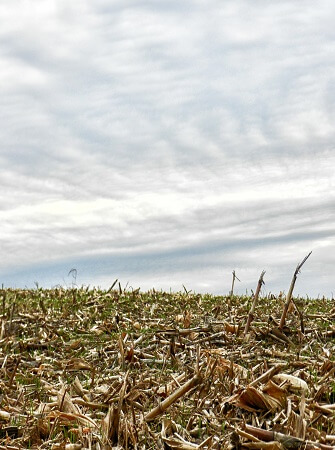
It is expected that to feed a growing population, the demand for agricultural land and water will increase and will become a growing constraint for development in low-income countries, particularly in areas where production systems are exposed to high environmental and social stress. Developing countries are particularly susceptible to water scarcity and land degradation.
2. Climate change and natural disasters
Growing human activities are accelerating extreme climate change, to the extent that already four key planetary boundaries, namely biosphere integrity, climate change, biogeochemical flows and freshwater use, have been pushed beyond their limits in the last few decades.
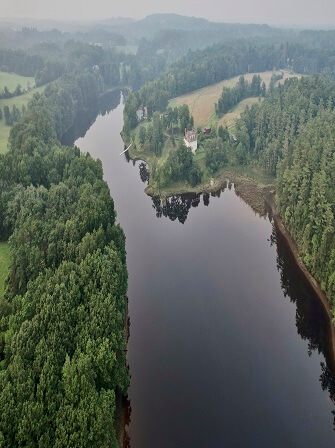
Increasing global surface temperature is expected to reduce crop yields (by an estimated 20 percent) and increase crop loss due to increased pest activities (by an estimated 10 to 25 percent), which could result in greater food scarcity and increased food prices (estimated to rise by as much as 31 percent) and aggravate hunger and malnutrition, especially among rural poor and other vulnerable communities
Climate change is also a significant hunger-risk multiplier. Some forecasts anticipate that by 2050, as a consequence of climate change, an additional 120 million people will be at risk of undernourishment, of whom 24 million will be children.
3. Changing food systems as a result of growing urbanization
By 2030 there will be an additional two billion urban middle-class people with higher purchasing power, resulting in an increased demand for food, water and energy in urban areas. Increased urbanization will require food to be easily stored, transported and made available. This implies that organized food retailing such as supermarkets and online groceries will play more significant roles in the food systems
Increased production of processed food available at affordable prices could result in unhealthy dietary habits, especially of low-income populations, who would find it more difficult to adopt pricey high-quality diets and would be more likely to consume low-cost processed foods with more empty calories, resulting in overweight, obesity, diabetes and diet-related non-communicable diseases, magnifying the triple burden of malnutrition

4. Food loss and waste
Food loss and waste are growing concerns for food and agriculture systems. Globally about one-third of all food produced, estimated to be 1.3 billion tonnes per year and valued at $750 billion, is lost or wasted along the food value chain, from production to consumption. Food loss and waste also hold back the transition to environmentally sustainable food systems. They represent a considerable waste of land, water, energy and agricultural inputs, and cause the emission of greenhouse gases. The total carbon footprint of food losses is estimated to be 4.4 gigatonnes of carbon dioxide equivalent to about 8 percent of global anthropogenic greenhouse gas emissions.
5. Extreme poverty and reducing inequality
In spite of global economic growth and considerable efforts made by countries and development programs to alleviate poverty, it is estimated that 2.1 billion people are still living in poverty, out of whom 700 million live in extreme poverty. A total of 75 percent of the world’s poorest people live in rural areas and depend on agriculture and related activities for their livelihood. Even in countries where poverty has been reduced, pervasive inequalities remain between rural and urban areas, between regions, between ethnic groups, and between men and women. Poverty, hunger and malnourishment are closely connected
AGRICULTURE DIGITAL TECHNOLOGIES
Can digital technologies possibly revolutionize farming, thus making it possible to achieve higher food production without taxing the shrinking natural resources and damaging the already fragile environment? The answer is yes. If yes, then what are those technologies that could usher in a completely new way of growing, distributing and consuming food, thereby fundamentally changing or disrupting the conventional food and agriculture systems?
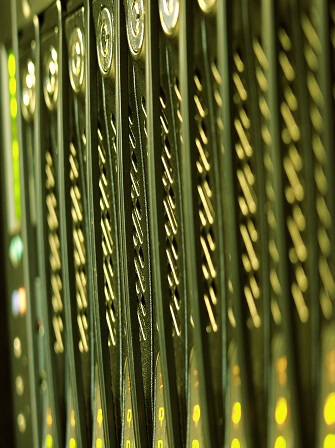
Also, how can these disrupting technologies help in achieving digital equity among the digitally included and digitally-excluded, the developed and the least developed, the rich and poor countries, as it is critically important that the technological innovations must catalyse growth; targeting the poorest, the least developed countries (LDCs), landlocked developing countries (LLDCs), small island developing states (SIDS), and countries in global food crises, and help them to achieve food and nutrition security and resilient livelihoods, while safeguarding the environment and conserving natural resources?
The digital technologies that can boost food production are 5G, Internet of Things (IoT), remote sensing, big data analytics, artificial intelligence and machine learning, blockchain, 3D/4D printing and farm robotics. They will be increasingly used in the food and agriculture sector and many of these technologies are considered to disrupt the food and agriculture systems.
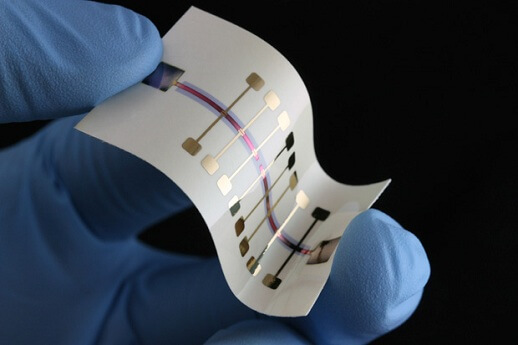
However, to take advantage of this digital revolution in the agriculture sector, it is important to understand how technologies can bring in changes that alter the fundamental structures and orders of the existing food and agriculture systems, or in other words cause digital disruption, within the larger context of human behaviour, socio-economic factors, infrastructural and policy environments in agriculture, giving rise to a concept that can be called Agriculture 4.0
Agriculture 4.0
Agriculture 4.0 is all about datafication of food and agriculture systems, underpinned by artificial intelligence, hyper-connectivity, IoT and automation, thereby creating a network of connected farms, machines and factories and achieving a high level of system optimization at the supply side (food production) and demand side (food consumption).
BIG DATA
Big data is one of the digital technologies that is poised to solve the challenges of food production in order for humanity to be able to feed herself. For its importance and use by farmers, a thorough understanding of this technological advancement is necessary.
WHAT IS BIG DATA?
Big data is a combination of structured, semi-structured and unstructured data collected by organizations that can be mined for information and used in machine learning projects, predictive modeling and other advanced analytics applications.
BIG DATA ANALYTICS
Big data analytics is the often complex process of examining big data to uncover information -- such as hidden patterns, correlations, market trends and customer preferences -- that can help organizations make informed business decisions

BIG DATA AGRICULTURE
Big data agriculture is the deployment of big data and its analytics in food and agriculture and the solutions or impact that big data agriculture will have on food production will occur in these areas:
Climate
Monitoring and analyzing the impacts of human activities on climate is critical for climate change mitigation. Sensor technologies and big data analytics are increasingly being used to monitor and analyze climatic conditions and initiate mitigation measures.
For example, the Landsat and MethaneSAT programmes help in monitoring a range of climate-related parameters, including methane emissions, almost anywhere on the planet and identify climate change trends and hotspots, critical for policy and strategic interventions. FAO’s GeoNetwork produces a large number of Geographic Information System (GIS) datasets for monitoring, assessment and analysis of environmental and socio-economic factors that cause poverty and food insecurity. FAO’s digital solutions, such as Open Foris and SHARP, help researchers, policy-makers and farmers to assess and manage climate change impacts. Global collaborations, such as the Radiant Earth Foundation, are applying machine learning for earth observation in efforts to meet the SDGs.
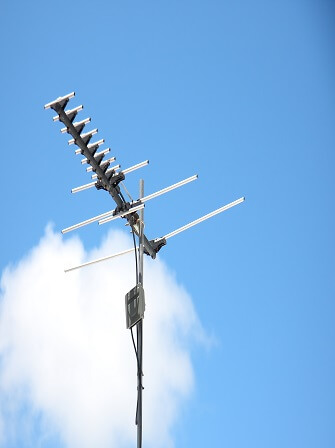
Big data agriculture not only helps in monitoring and analysing climate change but also helps in climate change mitigation through preventive measures.
Ocean and other water resources
Ocean acidification, biogeochemical contamination and overuse of freshwater are some of the consequences of human activities affecting the oceans. Big data analytics can support monitoring and conservation of the earth’s water resources.

For example, ARGO uses a global array of 3,800 free-drifting profiling floats that continuously monitor the temperature, salinity and velocity of the upper ocean, while GEBCO database provides bathymetric (depth of ocean floors, as measure of rising or falling sea level) data of all the oceans; together these digital tools are enabling researchers to collect data about subsurface ocean temperature, salinity, currents and, increasingly, biochemical parameters in real time.
Also, Water Accounting, AQUASTAT/AQUAMAP, WAPOR and AQUEDUCT are examples of how big data agriculture systems are helping to collect, analyse and disseminate data and information, by country, on water resources, water use and agricultural water management.
Poverty and inequality
A total of 570 million smallholder and family farmers contribute 80 percent of the world’s agriculture production. The livelihoods of many of these smallholder farmers are, however, perpetually at risk owing to the lack of market access and the absence of safety nets such as crop insurance or access to easy credit, thus hampering their resilience and often forcing them into debt and poverty.
Digital technologies, such as mobile applications, blockchain and big data analytics, are increasingly being used by many private businesses in countries such as China, India, Indonesia, Myanmar, Nepal, and the Philippines to help farmers gain access to capital and insurance, buy and sell inputs and farm produce online, and form and manage farmer producer groups, thereby ensuring better market access, availability of capital and provision of safety nets.
Changing food systems as result of growing urbanization
Persistent and widespread hunger and malnutrition, together with obesity and micronutrient deficiency, remain a huge challenge in many parts of the world. Increasing urbanization and changing dietary habits are further compounding this problem.
Automated micro-urban farming is gaining popularity in Asian countries such as India and Indonesia. Using a controlled atmosphere growing environment (e.g. a container or a polyhouse) and IoT devices (e.g. actuators for pumps, or artificial lighting), which are remotely controlled by a mobile application, these farms can operate in small urban spaces, such as rooftops and provide nutritious foods (primarily vegetables, but could be all crops in future) to city dwellers, irrespective of growing season or prevailing weather conditions.
Community farming apps in India link rural farmers with urban consumers in a new model of digitally connected contract farming that provides safe and fresh foods to urban consumers.
Several digital technologies such as IoT, big data and artificial intelligence, coupled with mobile technology can provide information regarding authenticity, freshness, ripeness, shelf life, nutritional information such as food quality (e.g. existence of pathogens), and supply chain traceability.
In Papua New Guinea, Singapore and Thailand, blockchain and big data analytics technology-enabled applications are being used by farmers and food processors to ensure complete traceability of the food value chain, thus ensuring food safety.
Agriculture Insurance and Financing
Studies show that, in addition to providing a safety net, farmers’ adoption of insurance products can have a positive impact on investments, efficiency, nutrition and income.
Big data-enabled insurance solutions could provide crop insurance solutions to an additional 200-300 million farmers worldwide, generating 40-150 million tonnes of additional food and USD 15-70 billion in additional farming income. Indirectly, farmers would also benefit from improved nutrition and health.
M-PESA in collaboration with Vodafone and USAID will work towards creating a better system for mobile services in the agricultural sector in Kenya, Tanzania and Mozambique. The pilot project is based on a remote crowdsourced data-collection method through mobile phones that identifies who and where farmers are and the crops they specialize in producing. The data set is highly structured and referenced both temporally and spatially, as well as highly person-identifiable, enabling enterprises to distinguish specific farmers and their products. Privacy is governed by Vodafone’s data privacy policies to ensure ongoing protection
CONCLUSION
Big data agriculture will impact food and agriculture systems at both macro and micro levels. At macro level, big data agriculture will help to better understand the anthropogenic impacts on the Global Commons (e.g. the climate, oceans, landscape) while at micro level, their impacts are mainly in optimizing and harmonizing food production and food value chains
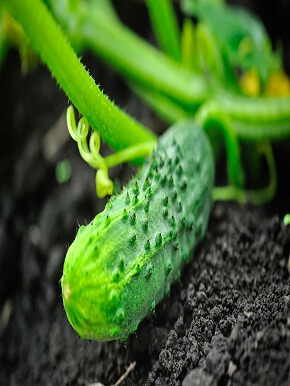
Do you want to change agriculture with big data? Learn how to analyze big data using mining and clustering techniques, in this free online big data analytics course.
This free online Big Data Analytics course from will teach you how to mine and analyze big data. This process of studying and evaluating data is widely used in agribusiness and commercial industries and even in the government sector. With the help of this course, you will also learn how to create clustering data models which in turn can help you make more informed decisions. Make this a part of your agribusiness practice now!
REFERENCES
Bytes to Sustain Our Bites: Leveraging Digital Agriculture for Sustainable Development Goals (SDGs)
Information and Communication Technology (ICT) in Agriculture
The Ultimate Guide to Big Data for Businesses
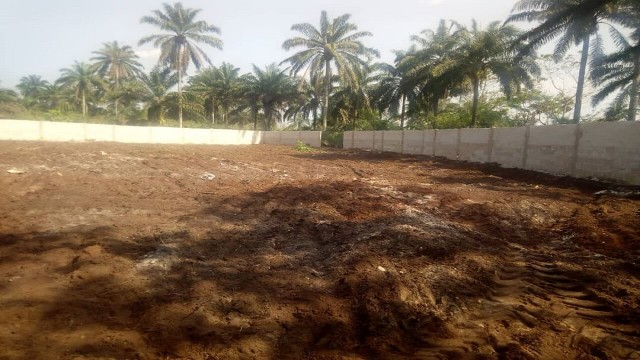


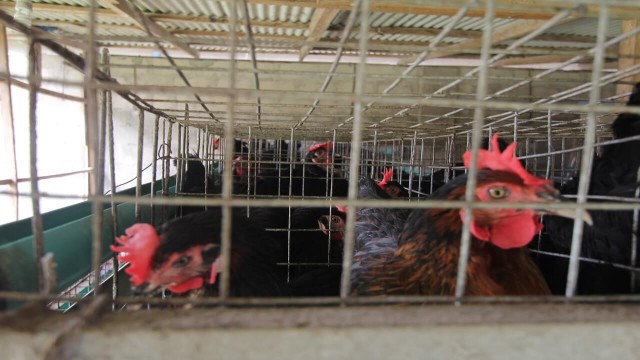





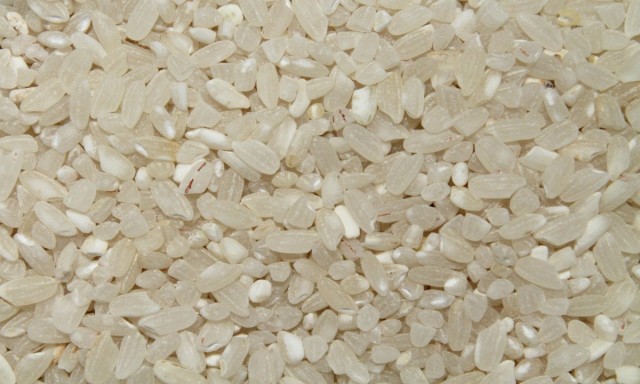


Share This Article: